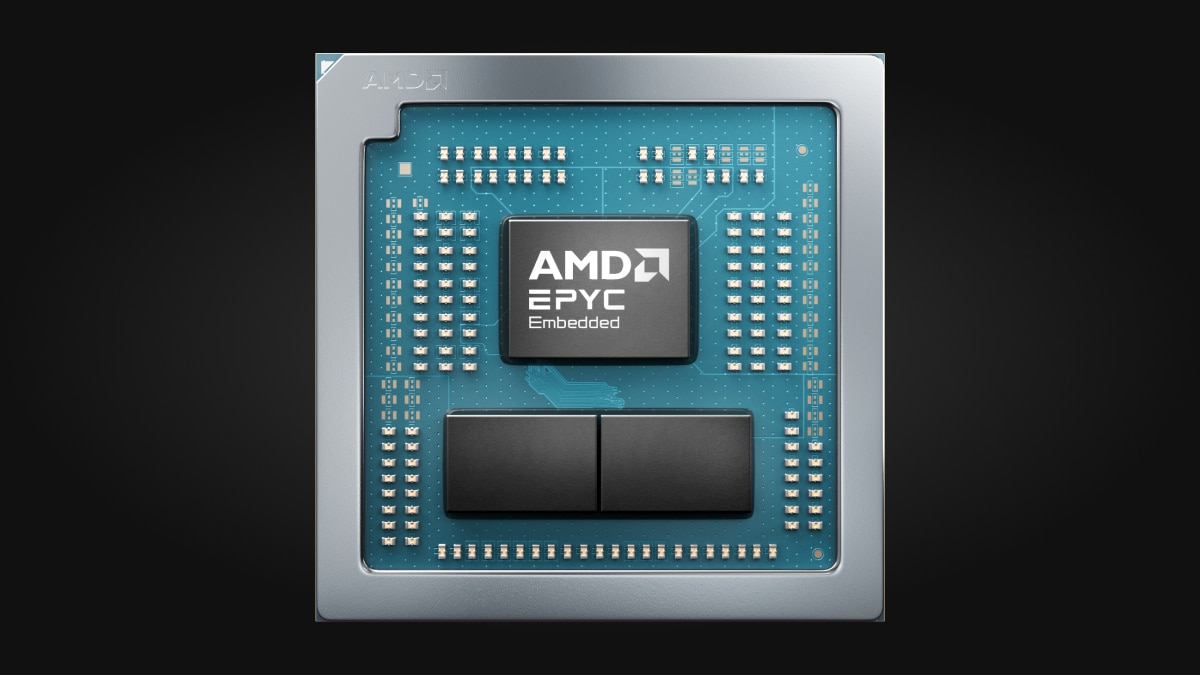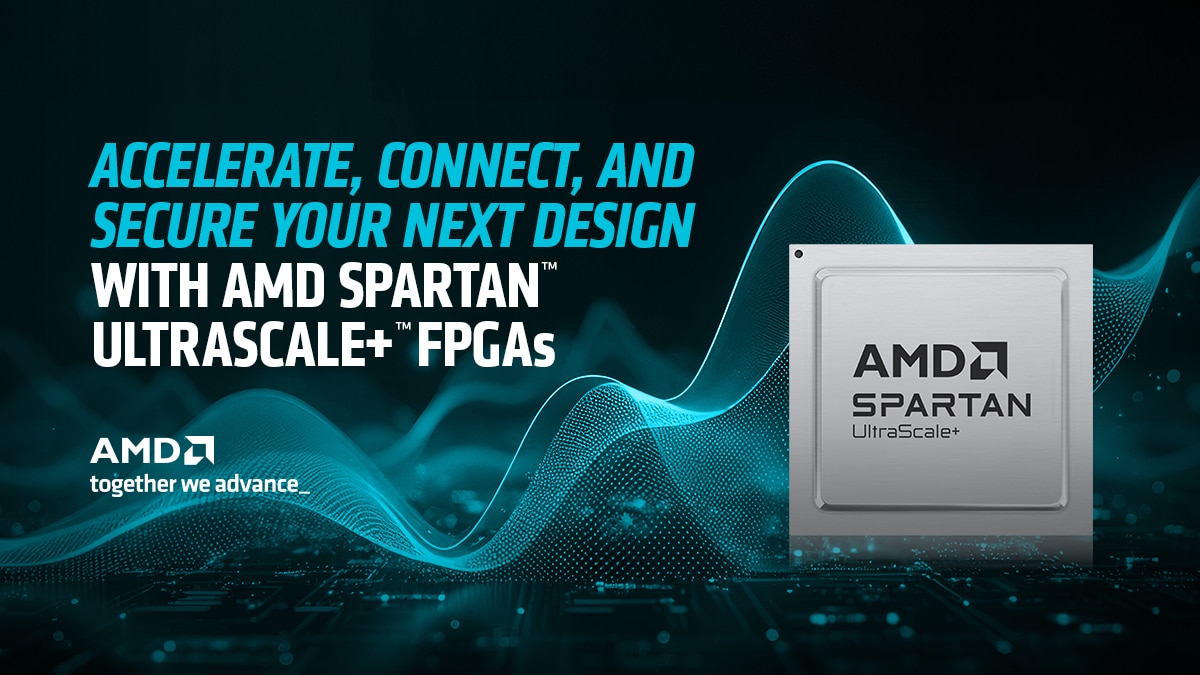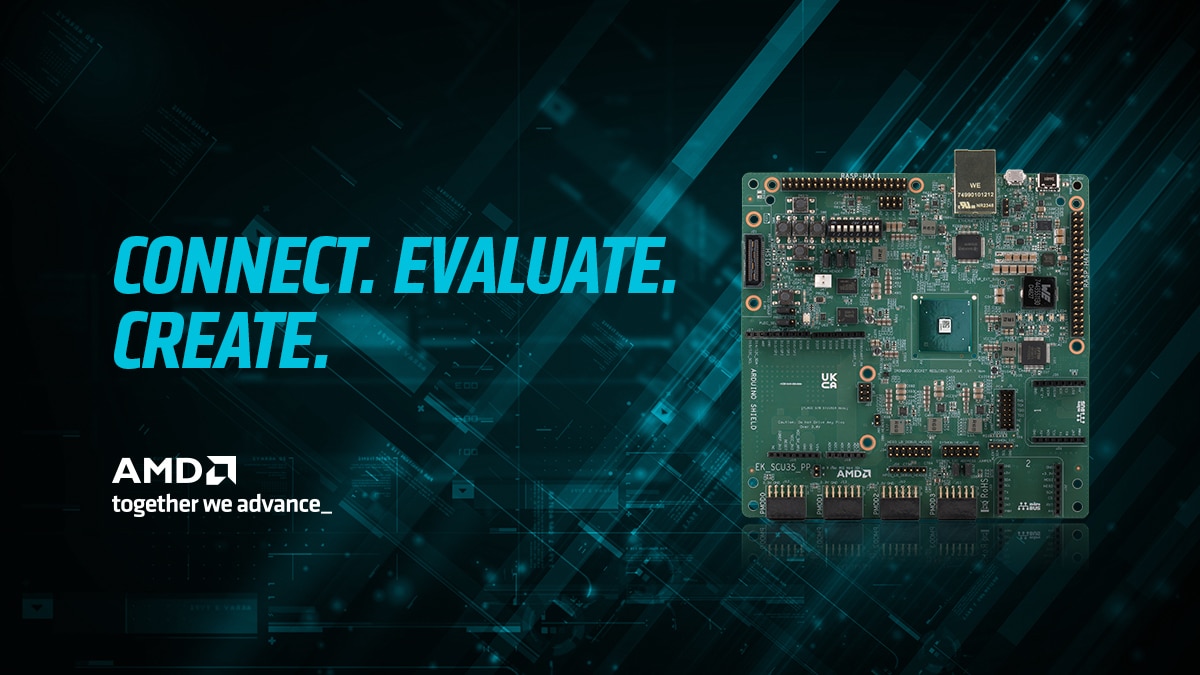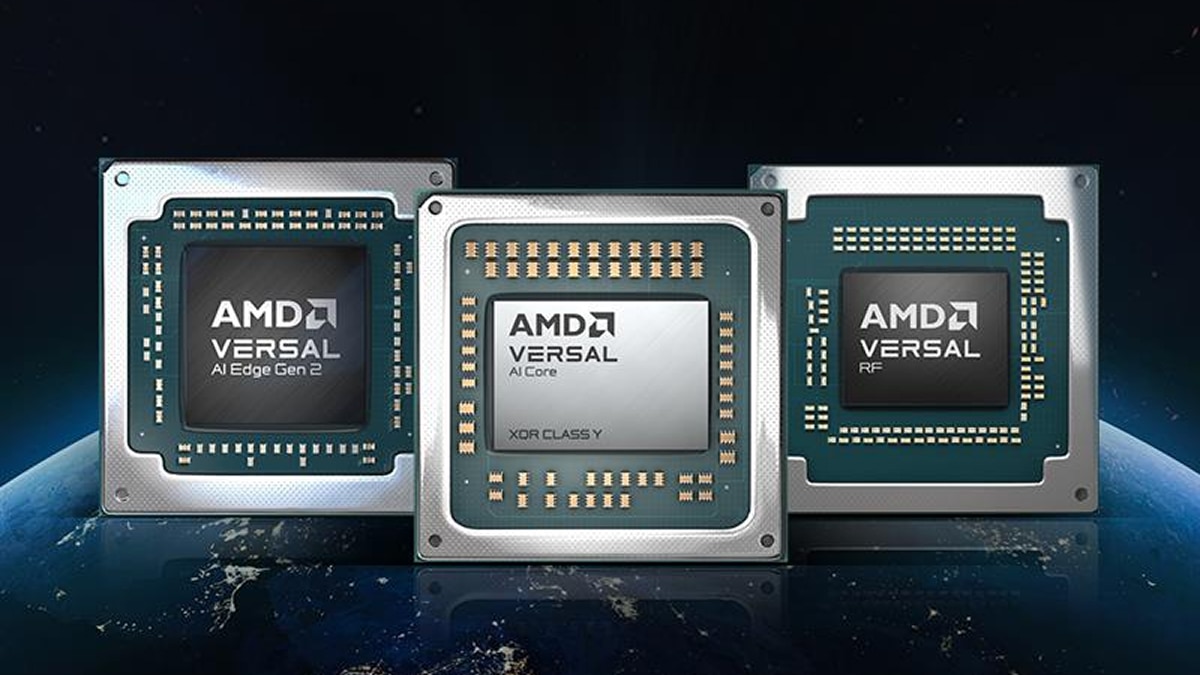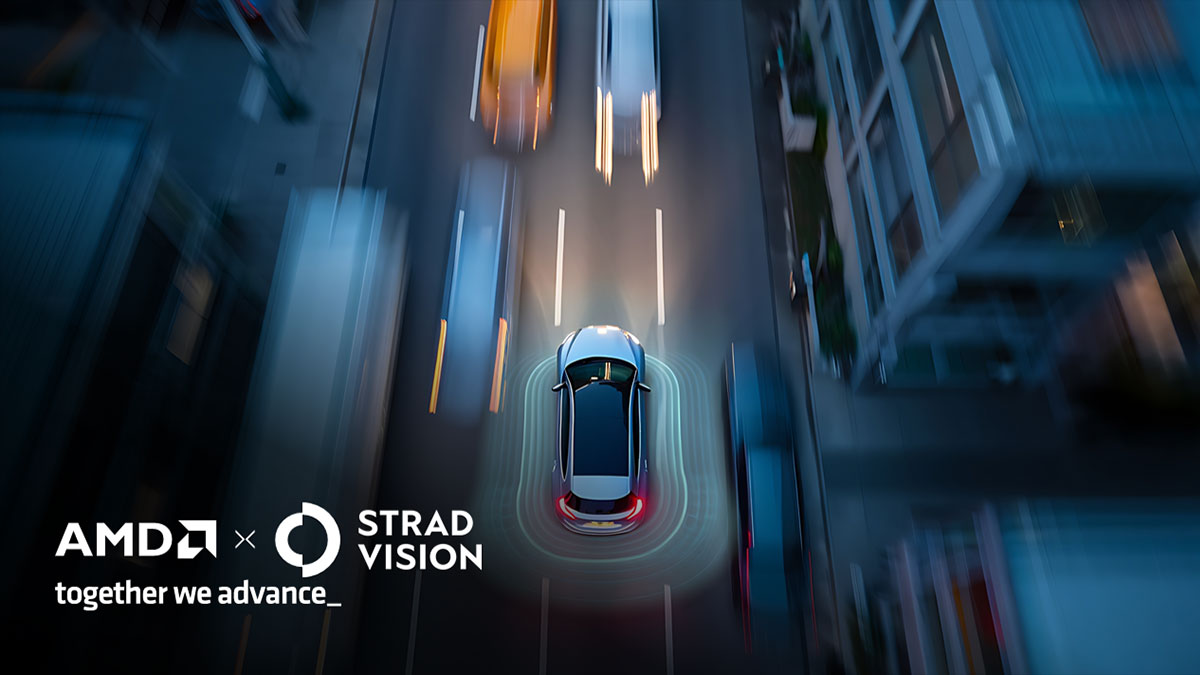Vivado for Spartan UltraScale+: Fast Design Starts Here
Aug 26, 2025
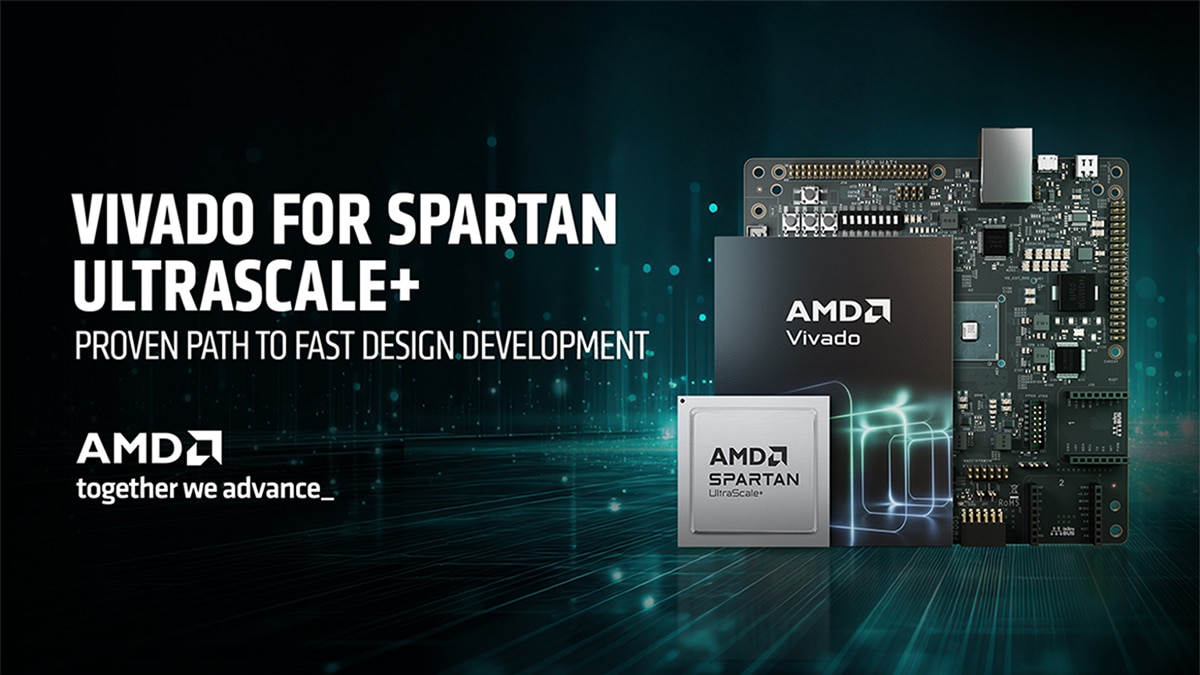
Introduction
With the AMD Spartan™ UltraScale+™ family now in production, the fastest way to unlock its feature set is with the latest AMD Vivado™ tool release (2025.1 or later) and new how-to resources. The integrated design suite takes designs from RTL to hardware with push-button timing closure, helping reduce iteration cycles. Let’s look at what the design suite offers.
Unified Flow for Fewer Iterations
The Vivado tool flow combines simulation, synthesis, implementation, timing analysis, and debug into a single toolchain—with integration across every stage of the flow:
- Design Entry via multiple methods: RTL import, block-based design via IP Integrator, or importing IP developed in C/C++ or MathWorks® using the AMD Vitis™ Unified Software Platform.
- Simulation: Use XSIM for functional verification at RTL, post-synthesis, and post-place-and-route—plus hardware co-simulation.
- Synthesis & P&R: Built-in, license-free synthesis works with place-and-route to help meet QoR goals—including guided flows and ML-driven algorithms to meet timing closure quickly.
- Debug: Use ChipScope to capture and analyze signals at in-system hardware speed—directly within the Vivado tool environment.
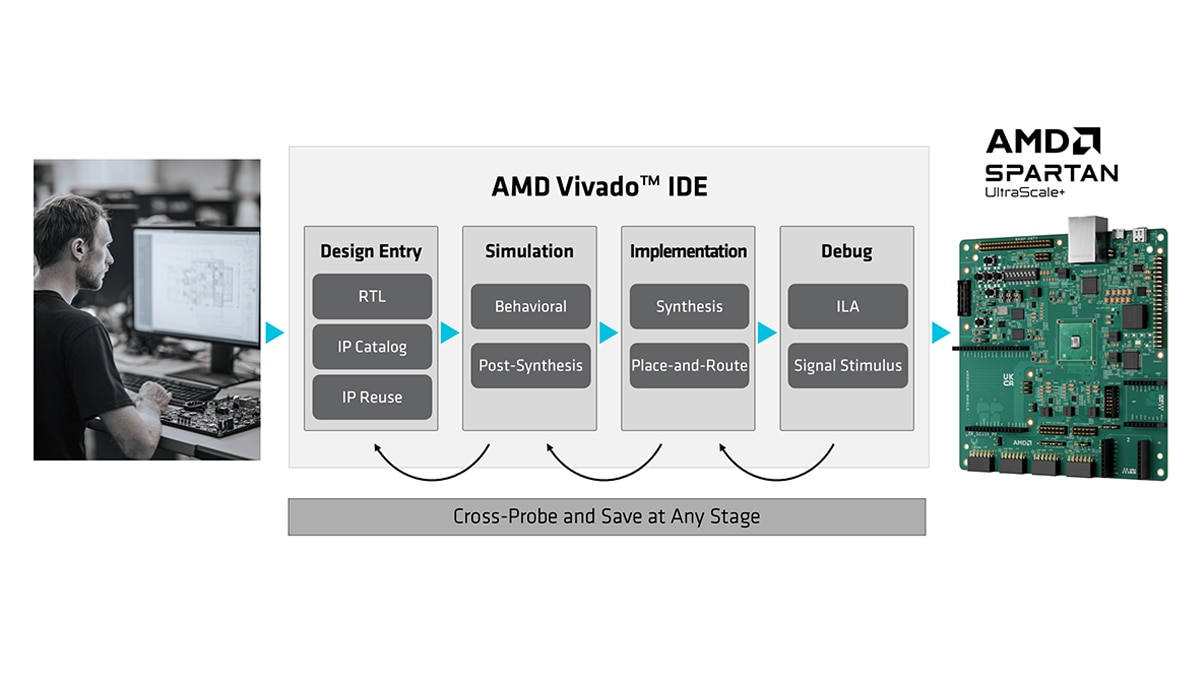
A typical design loop may start with RTL or IP-based entry, often using HDL templates in the Vivado tools for counters, state machines, and other common constructs—then validated through simulation. Before implementation, the Constraints Wizard and I/O Planning viewer help confirm clocks, I/O placement, and constraint grouping. Design checkpoints enable pausing and resuming synthesis or place-and-route at any stage. As PCB design evolves, late changes—such as I/O swaps or pin reassignments—can be absorbed efficiently using incremental compile.
Because fast iteration is critical in small FPGA designs, where multiple turns per day are the expected norm, the integrated flow avoids the need to manage intermediate files from separate tools. The Vivado Design Suite Tutorial Targeting Spartan UltraScale+ video shows how to build, simulate, and implement a full design within one project.
Push-Button Timing Closure
Meeting timing in a push-button flow without the need to manually tweak the RTL is a common challenge for FPGA designers. Multiple design changes to meet FMAX targets remain a frequent cause of project delays. Guessing which P&R options might improve FMAX, waiting hours to see results, and hoping for a better outcome can become an ‘endless’ loop.
The Vivado Design Suite has been tuned over multiple generations to meet FMAX targets for the most complex FPGAs and adaptive SoCs. Vivado Design Suite 2025.1 and the Spartan UltraScale+ SU35P FPGA offer an average 92% pass rate1 at up to 250 MHz using a push-button flow with no design changes—removing the cycle of trial and error to meet timing. Designers can rely on constraint-driven flows, auto-pipelining, and pre-optimized P&R strategies—without the need for deep tool expertise or manual tuning.
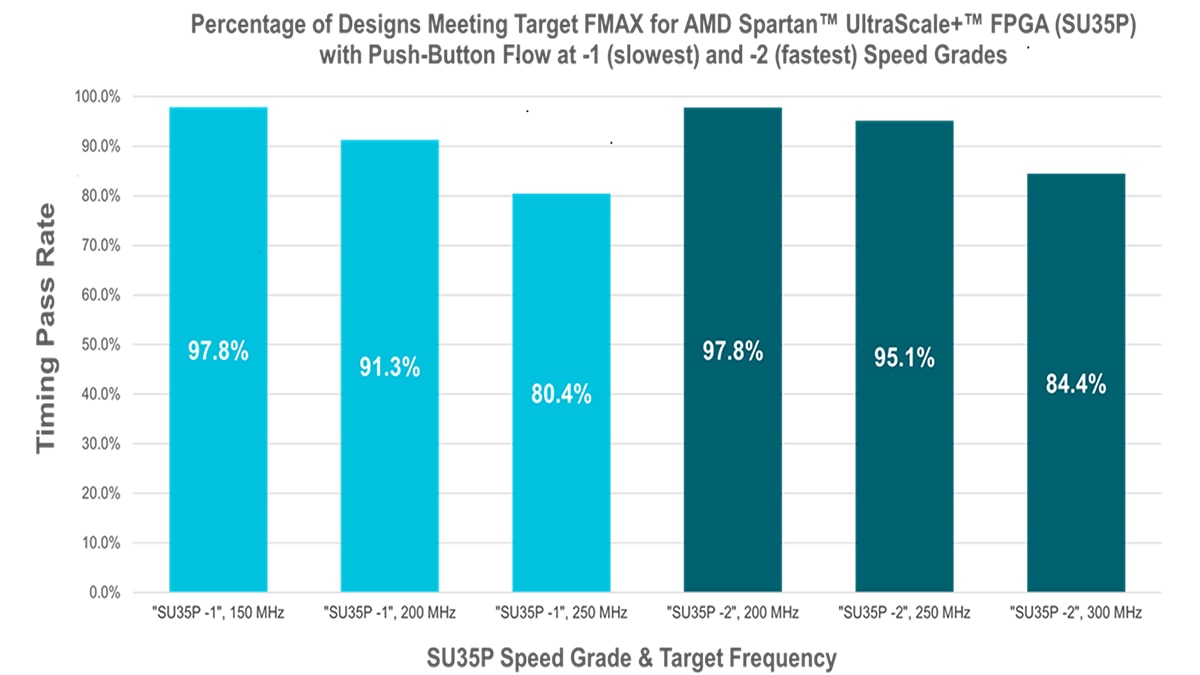
Broad, Optimized IP Portfolio for Fast Development
IP reuse is a key to accelerating design, and the Vivado IP catalog provides a substantial head start—with nearly 400 pre-verified soft cores that let you quickly assemble infrastructure and focus on your differentiating IP. New hard blocks in the Spartan UltraScale+ high density devices—including LPDDR4x/5 memory controllers and PCIe® Gen4—help accelerate design closure even faster—delivering turnkey performance. By eliminating the need for programmable logic, the hard IP in higher-end devices are projected to improve overall power efficiency up to 60%2.
From within the Vivado IP catalog, you can explore and instantiate a wide range of IP—from foundational components to horizontal subsystems like DSP, interfaces, and memory controllers, all the way to vertical IP tailored for applications in industrial, automotive, vision, aerospace, and other markets.
Combine hard IP, soft IP, and custom RTL with the Vivado IP Integrator, a graphical interface that simplifies assembly with AXI interconnect automation.
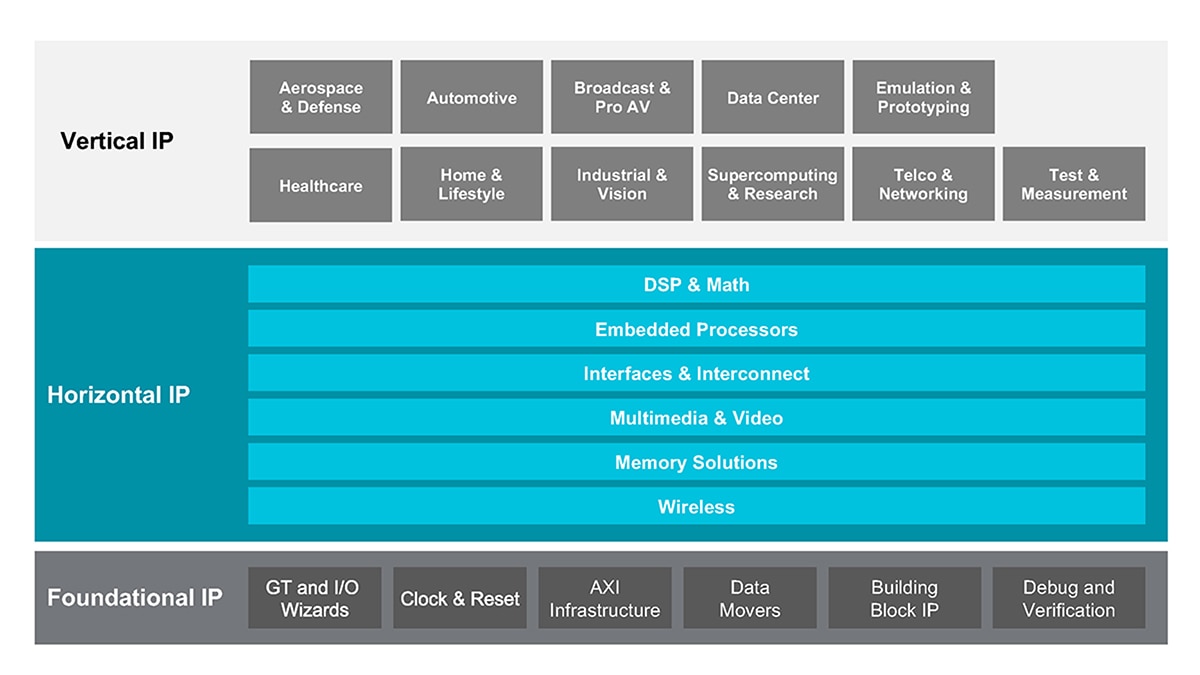
Ready to Get Started?
Spartan™ UltraScale+™ devices are now in production, and full support in the AMD Vivado™ Design Suite is available for download at no cost. Whether you’re new to Vivado tools, new to the Spartan UltraScale+ family, or both, the dedicated resource page includes tutorials, videos, reference designs, and documentation to help you ramp quickly.
Footnotes
- Based on worst negative slack testing by AMD in July 2025, for AMD Vivado Design Suite v. 2025.1 and Spartan UltraScale+ SU35P FPGA, tested at -1 (slowest) speed grade (150MHz -250MHz) over 46 designs and at -2 (fastest) speed grade (200MHz – 250MHz) over 41 designs. Results will vary based on device, design, configuration, and other factors. (VIV-018)
- Projection is based on AMD internal analysis, January 2024, using a total power calculation (static power plus dynamic power) based on the logic scale count of an AMD Artix UltraScale+ AU7P FPGA to estimate the total power of an AMD Spartan UltraScale+ SU200P FPGA versus an AMD Artix 7 7A200T FPGA, using Xilinx Power Estimator (XPE) tool version 2023.1.2. Total power interfacing results may vary when products are released in market and based on configuration, design, usage, and other factors. (SUS-006)
© 2025 Advanced Micro Devices, Inc. All rights reserved. AMD, the AMD Arrow logo, Spartan, UltraScale+, Vivado, and combinations thereof are trademarks of Advanced Micro Devices, Inc. PCIe is a registered trademark of PCI-SIG Corporation. Other product names used in this publication are for identification purposes only and may be trademarks of their respective owners. Certain AMD technologies may require third-party enablement or activation. Supported features may vary by operating system. Please confirm with the system manufacturer for specific features. No technology or product can be completely secure.
- Based on worst negative slack testing by AMD in July 2025, for AMD Vivado Design Suite v. 2025.1 and Spartan UltraScale+ SU35P FPGA, tested at -1 (slowest) speed grade (150MHz -250MHz) over 46 designs and at -2 (fastest) speed grade (200MHz – 250MHz) over 41 designs. Results will vary based on device, design, configuration, and other factors. (VIV-018)
- Projection is based on AMD internal analysis, January 2024, using a total power calculation (static power plus dynamic power) based on the logic scale count of an AMD Artix UltraScale+ AU7P FPGA to estimate the total power of an AMD Spartan UltraScale+ SU200P FPGA versus an AMD Artix 7 7A200T FPGA, using Xilinx Power Estimator (XPE) tool version 2023.1.2. Total power interfacing results may vary when products are released in market and based on configuration, design, usage, and other factors. (SUS-006)
© 2025 Advanced Micro Devices, Inc. All rights reserved. AMD, the AMD Arrow logo, Spartan, UltraScale+, Vivado, and combinations thereof are trademarks of Advanced Micro Devices, Inc. PCIe is a registered trademark of PCI-SIG Corporation. Other product names used in this publication are for identification purposes only and may be trademarks of their respective owners. Certain AMD technologies may require third-party enablement or activation. Supported features may vary by operating system. Please confirm with the system manufacturer for specific features. No technology or product can be completely secure.



